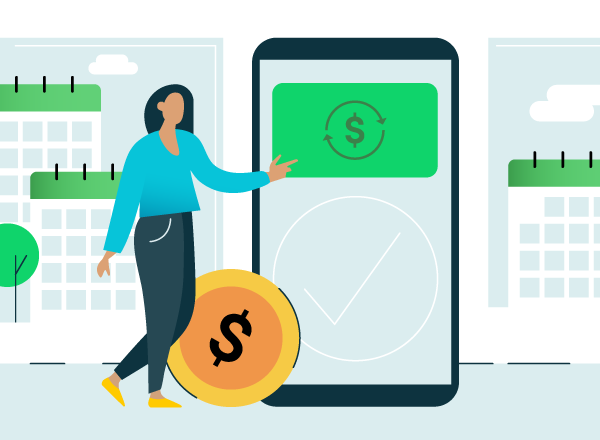Cash flow worries keep one out of every four business owners up at night. And for good reason—collecting payment from customers can be one of the more stressful business tasks.
Dealing with late payments or even non-payment is a challenge. One way to reduce this risk is by implementing invoice due upon receipt payment terms. By requiring payment when the invoice is received, you help ensure you get paid immediately and avoid the hassle of chasing down outstanding payments.
Let’s look at how and when to use due upon-receipt invoicing and its pros and cons:










 Due upon receipt invoicing terms are good for one-off projects or new clients. It’s not ideal for multi-order projects or multiple invoices.
Due upon receipt invoicing terms are good for one-off projects or new clients. It’s not ideal for multi-order projects or multiple invoices.
 Consider your relationship with the client, when deciding whether to use due upon receipt payment terms. Good payment history or rapport means you might want to be more flexible with payment terms to strengthen your relationship.
Consider your relationship with the client, when deciding whether to use due upon receipt payment terms. Good payment history or rapport means you might want to be more flexible with payment terms to strengthen your relationship.

 With QuickBooks, you can
With QuickBooks, you can 

